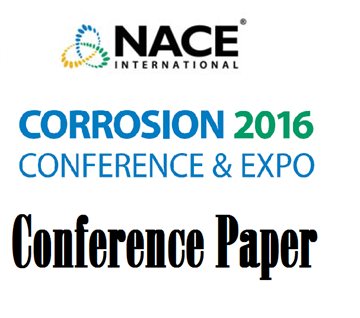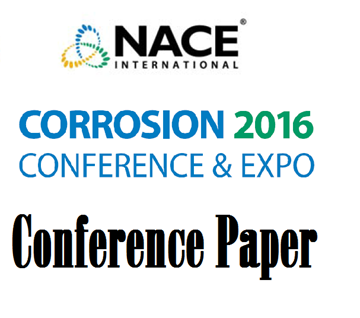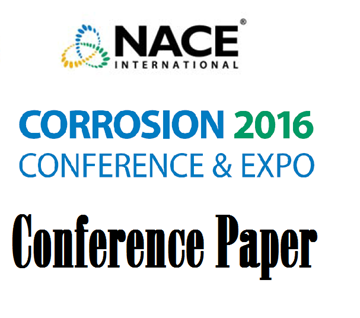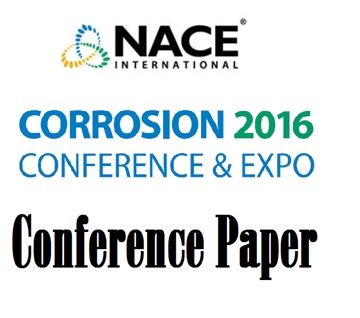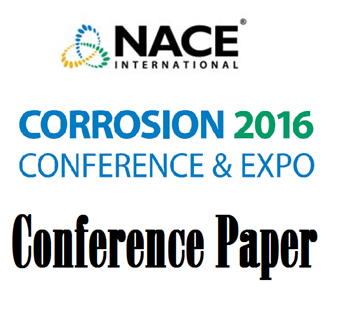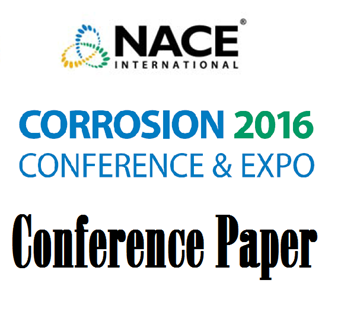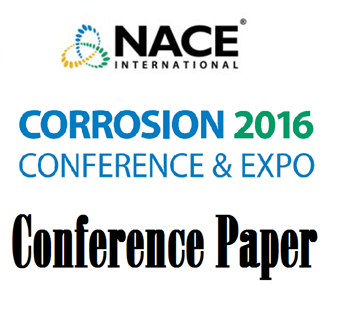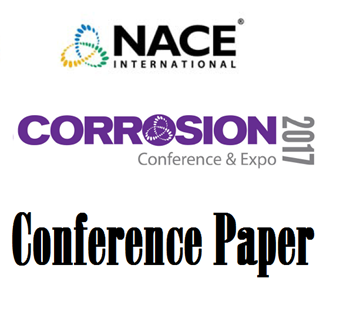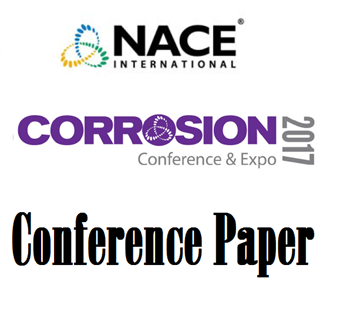Search
Corrosion Monitoring and Control
View as
Sort by
Display
per page
51316-7274-Inhibition Mechanisms for CO2 Corrosion Mitigation by Amines at the Top-of-the-Line
Product Number:
51316-7274-SG
ISBN:
7274 2016 CP
Publication Date:
2016
$20.00
51316-7275-Top of Line Corrosion Testing for a Gas Field with Acetic Acid and Low CO2
Product Number:
51316-7275-SG
ISBN:
7275 2016 CP
Publication Date:
2016
$20.00
51316-7276-Effective Implementation of Asset Integrity Management Systems with Visualisation Tools
Product Number:
51316-7276-SG
ISBN:
7276 2016 CP
Publication Date:
2016
$20.00
51316-7284-Management of Integrity Operating Window (IOW) for an Aging Gas Processing Plant
Product Number:
51316-7284-SG
ISBN:
7284 2016 CP
Publication Date:
2016
$20.00
51316-7290-Assessment of Formation Damage Potential of Corrosion Inhibitor Squeeze Applications
Product Number:
51316-7290-SG
ISBN:
7290 2016 CP
Publication Date:
2016
$20.00
51316-7296-UNS N06055 High Chromium welding product provides resistance to PWSCC in service and to DDC and Soli
Product Number:
51316-7296-SG
ISBN:
7296 2016 CP
Publication Date:
2016
$20.00
51316-7367- Premature Failure of Access Fittings Installed on High Pressure Effluent Water Lines Due to Microbiologically Induced Corrosion
Product Number:
51316-7367-SG
ISBN:
7367 2016 CP
Publication Date:
2016
$20.00
51317-8898 Inspection and Mitigation of Underground Corrosion at Anchor Shafts of Telecommunication
Product Number:
51317-8898-SG
ISBN:
8898 2017 CP
Publication Date:
2107
$20.00
51317-8938 The Influence of Salt Loading Density on the Atmospheric Corrosion of Aluminum
Product Number:
51317-8938-SG
Publication Date:
2017
$20.00
51317-9103-Application of electrochemical noise technique to monitor carbon steel corrosion under sand deposit
Product Number:
51317-9103-SG
Publication Date:
2017
$20.00
51317-9113-Stress Corrosion Cracking Of A Duplex Stainless Steel
Product Number:
51317-9113-SG
ISBN:
9113 2017 CP
Publication Date:
2017
$20.00
51317-9340-Investigation of Under-deposit corrosion on X-60 using Multielcetrode System
Product Number:
51317-9340-SG
Publication Date:
2017
$0.00

